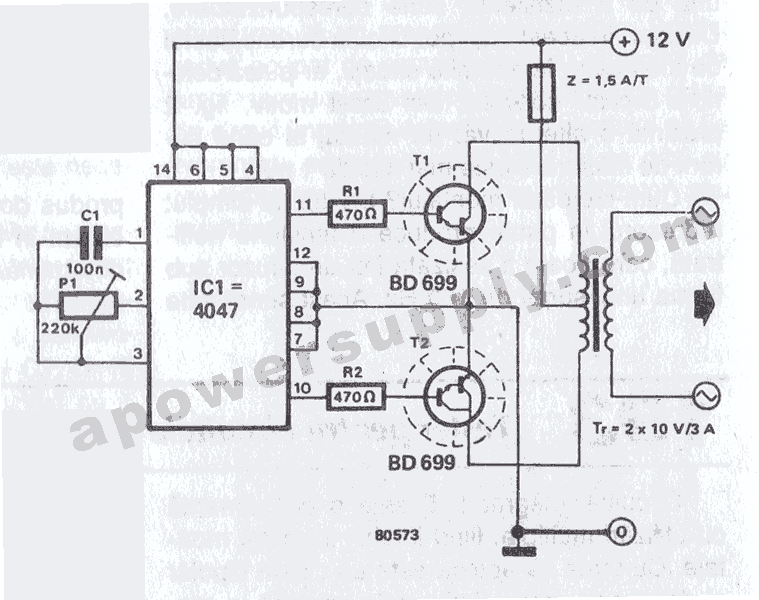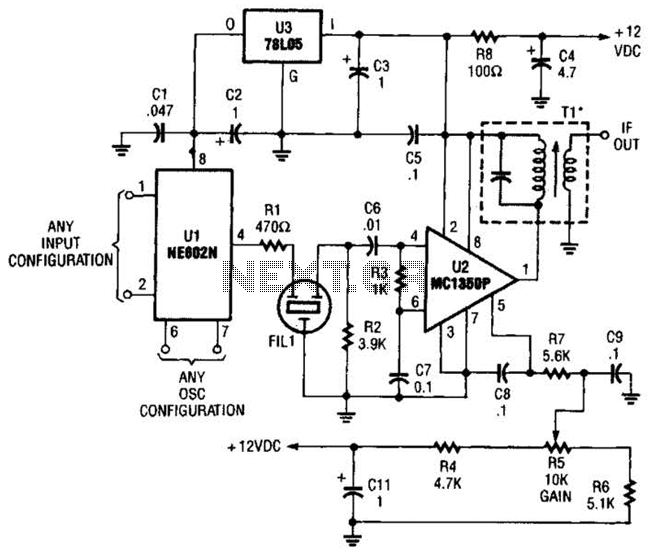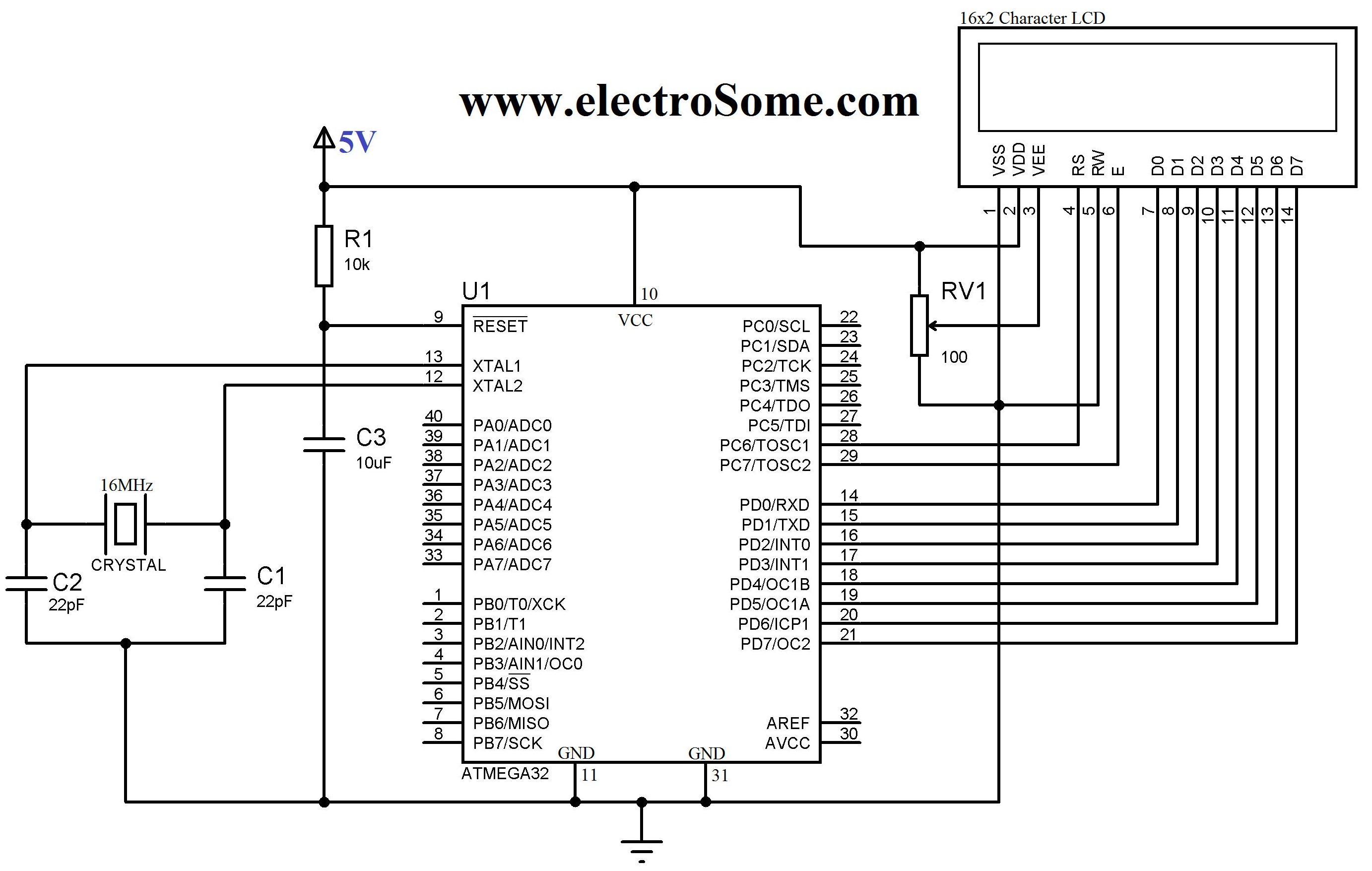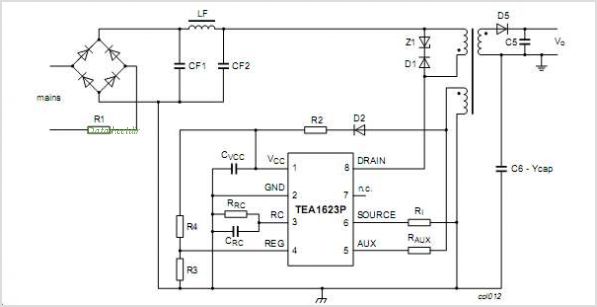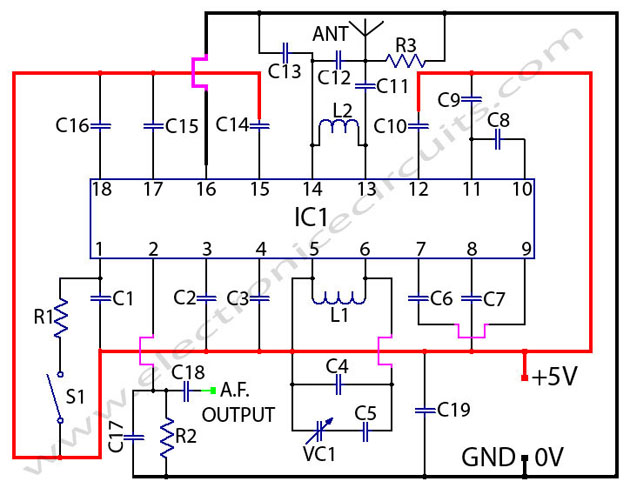
Light illuminated control circuit
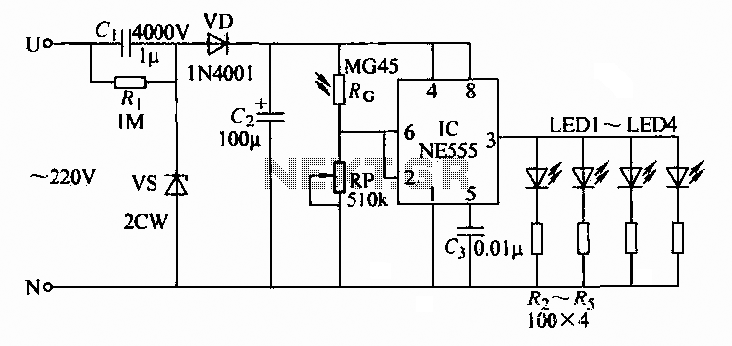
A 220V AC input is converted to a DC operating voltage of approximately 3.3V using a capacitive G buck regulator, a rectifier diode (VD), and a filter capacitor connected to an NE555 integrated circuit (IC). The IC functions as a Schmitt trigger for light control. Inside a night room, a photosensitive resistor (Rc) is utilized to detect ambient light levels. When the voltage at the IC's pin is lower than Vm / 3 (where Vm is the 3.3V supply voltage), the IC sets the output pin high, causing light-emitting diodes (LED1-LED4) to illuminate. These LEDs are positioned at 12 o'clock, 3 o'clock, 6 o'clock, and 9 o'clock, serving the dual purpose of indicating time and providing illumination. During daylight or when the house lights are on before bedtime, the resistance of the photosensitive resistor remains high, keeping the voltage at pin IC above 2V / 3. In this state, the IC output is low, turning off LEDs 1 to 4 to conserve power.
The circuit operates by first converting the 220V AC input to a lower DC voltage suitable for the NE555 IC. This is achieved through a capacitive buck converter, which efficiently reduces the voltage while maintaining a stable output. The rectifier diode (VD) ensures that the current flows in the correct direction, effectively converting the AC signal to DC. The filter capacitor smooths out the rectified voltage, providing a stable 3.3V DC supply necessary for the operation of the NE555 IC.
The NE555 is configured in a Schmitt trigger mode, which provides hysteresis and enables it to respond to changes in the light level detected by the photosensitive resistor. This resistor's resistance varies inversely with light intensity; in bright conditions, the resistance is high, causing the voltage at the IC pin to exceed the threshold, resulting in a low output. Conversely, in low light conditions, the resistance decreases, allowing the voltage to drop below the threshold, which activates the output pin and turns on the LEDs.
The four LEDs are strategically placed to serve as both indicators and ambient lighting. Their arrangement corresponds to the positions on a clock face, enhancing visibility and functionality. The design effectively conserves power by turning off the LEDs when ambient light is sufficient, thus prolonging the life of the circuit and reducing energy consumption. Overall, this circuit exemplifies an efficient use of components to achieve a dual-purpose lighting and time indication system.220V AC after capacitive G buck regulator VS regulator, rectifier diode VD, capacitor filter to G IC (NE555) provides approximately 3.3V DC operating voltage. lC Schmitt trigger connected as light control. Night room inside light, the photosensitive resistor Rc great resistance. The IC and foot potential is lower than Vm / 3 (Vm to 3.3V supply voltage), IC set, pin output high. Light-emitting diodes LED1-LED4 light, due to the LED1 ~ LED4 are fixed at 12 oclock, 3 oclock quartz clock, 6:00, 9:00 at four points, and therefore can play a quartz clock to the role luminous lighting. Natural light during the day or evening before the house lights to go to bed not make RG resistance is small, to the potential of pin and 1C higher than 2V / 3, lC complex position, pin is low, LED1 ~ LED4 in lights state to conserve power.
The circuit operates by first converting the 220V AC input to a lower DC voltage suitable for the NE555 IC. This is achieved through a capacitive buck converter, which efficiently reduces the voltage while maintaining a stable output. The rectifier diode (VD) ensures that the current flows in the correct direction, effectively converting the AC signal to DC. The filter capacitor smooths out the rectified voltage, providing a stable 3.3V DC supply necessary for the operation of the NE555 IC.
The NE555 is configured in a Schmitt trigger mode, which provides hysteresis and enables it to respond to changes in the light level detected by the photosensitive resistor. This resistor's resistance varies inversely with light intensity; in bright conditions, the resistance is high, causing the voltage at the IC pin to exceed the threshold, resulting in a low output. Conversely, in low light conditions, the resistance decreases, allowing the voltage to drop below the threshold, which activates the output pin and turns on the LEDs.
The four LEDs are strategically placed to serve as both indicators and ambient lighting. Their arrangement corresponds to the positions on a clock face, enhancing visibility and functionality. The design effectively conserves power by turning off the LEDs when ambient light is sufficient, thus prolonging the life of the circuit and reducing energy consumption. Overall, this circuit exemplifies an efficient use of components to achieve a dual-purpose lighting and time indication system.220V AC after capacitive G buck regulator VS regulator, rectifier diode VD, capacitor filter to G IC (NE555) provides approximately 3.3V DC operating voltage. lC Schmitt trigger connected as light control. Night room inside light, the photosensitive resistor Rc great resistance. The IC and foot potential is lower than Vm / 3 (Vm to 3.3V supply voltage), IC set, pin output high. Light-emitting diodes LED1-LED4 light, due to the LED1 ~ LED4 are fixed at 12 oclock, 3 oclock quartz clock, 6:00, 9:00 at four points, and therefore can play a quartz clock to the role luminous lighting. Natural light during the day or evening before the house lights to go to bed not make RG resistance is small, to the potential of pin and 1C higher than 2V / 3, lC complex position, pin is low, LED1 ~ LED4 in lights state to conserve power.

